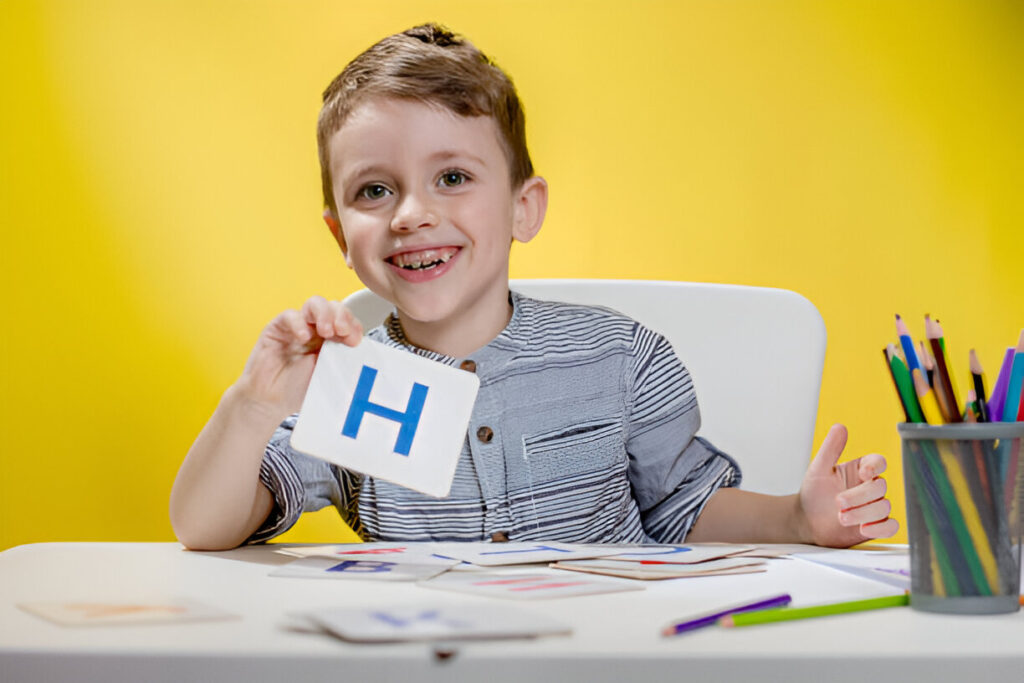Let’s face it—studying can sometimes feel like a chore. Long hours with textbooks, endless highlighting, rereading the same lines, only to forget the material a few days later. Traditional methods often don’t match how our brains actually learn best. That’s why more and more learners are turning to flashcards, a simple but incredibly effective tool that transforms how you retain and recall information.
Flashcards take the stress out of studying by breaking complex topics into bite-sized pieces. They make review sessions faster, more targeted, and even fun. With the right techniques and tools, flashcards can turn boring study time into a brain-boosting experience.
The Science Behind Why Flashcards Work
To understand why flashcards are so effective, you need to understand how the brain retains information. Flashcards support several key memory-boosting processes:
Active Recall
When you use a flashcard, you’re asked a question or shown a prompt, and you must think of the answer before revealing it. This process of retrieving information from memory—known as active recall—is far more effective than simply reviewing notes. Every time you practice recall, you strengthen your brain’s ability to access that information later.
Spaced Repetition
Rather than studying everything at once (which leads to forgetting), flashcards work best when used with spaced repetition. This means reviewing information at increasing intervals, just before you’re about to forget it. This timing strengthens memory retention significantly.
Instant Feedback
Flashcards offer instant feedback. You instantly know if your answer is right or wrong, which helps you learn faster and recognize areas that need more work.
Benefits of Flashcards That Make Studying Fun
Using flashcards isn’t just efficient—it can actually make learning more enjoyable. Here’s how they turn study sessions into something you look forward to:
- Quick wins: Flashcards give you an immediate sense of progress.
- Gamification: You can challenge yourself, track streaks, and compete with friends.
- Flexibility: Use them anywhere—at home, on a walk, or during a commute.
- Visual appeal: Add colors, pictures, and emojis to boost engagement.
- Short and sweet: No more hours of reading—10–20 minutes of flashcards is often enough.
How to Create Flashcards That Actually Work
Not all flashcards are created equal. Some are more effective than others depending on how they’re designed. To get the best results, follow these strategies when making your cards:
Stick to One Idea Per Card
Each flashcard should contain just one question or concept. Trying to learn multiple facts at once creates confusion and reduces effectiveness.
Be Clear and Concise
Use simple language and make your cards as straightforward as possible. Don’t overcomplicate things with lengthy definitions or explanations.
Add Images or Visual Aids
A picture can be worth a thousand words—especially when it comes to memorization. Diagrams, icons, or even simple sketches can help anchor concepts in your memory.
Include Real-Life Examples
If you’re learning vocabulary, add a sentence. If it’s a science concept, relate it to something you’ve seen or done. Real-life connections make the information stick.
Write in Your Own Words
To add a creative twist to flashcard sessions, try using a tool that generates a random letter to prompt students to recall words or concepts that start with that letter.
How to Make Flashcards a Daily Habit
Flashcards are most effective when used consistently. Here’s how to turn them into a fun and productive daily routine:
Set a Study Timer
Rather than marathon sessions, study in short bursts. Set a timer for 15–20 minutes and challenge yourself to get through a certain number of cards.
Mix New and Old Cards
Don’t just focus on today’s material. Keep reviewing older cards so the information stays fresh.
Reward Yourself
Finished a tough deck? Celebrate! Rewards reinforce the habit and make you feel good about your progress.
Track Your Progress
Many apps track how many cards you’ve mastered, how often you’ve reviewed, and which areas need more attention. Watching your improvement over time is incredibly motivating.
The Power of Digital Tools for Flashcards
While handwritten flashcards still have their place, digital flashcard tools have taken learning to a whole new level. They offer:
- Easy organization of multiple decks
- Smart scheduling based on spaced repetition
- Syncing across devices for learning on the go
- Multimedia integration (audio, video, images)
One of the best tools out there is the AI flashcard maker. This intelligent tool helps you generate high-quality flashcards from any text, notes, or documents in seconds. It saves time, reduces the hassle of manual creation, and ensures your cards are well-structured for optimal learning. Perfect for students, professionals, and anyone with a packed schedule.
Best Subjects and Topics for Flashcard Use
Flashcards aren’t just for spelling tests or foreign languages—they can help with nearly any subject. Here’s how they apply across different fields:
Language Learning
Flashcards are perfect for vocabulary, verb conjugation, sentence structures, and pronunciation practice.
Science and Math
Use flashcards for formulas, terminology, processes, diagrams, and unit conversions.
History and Social Studies
Memorize dates, key events, definitions, political systems, and historical figures.
Literature and Arts
Flashcards help with character analysis, literary devices, famous quotes, and themes.
Business and Finance
Use them to remember economic principles, financial terms, marketing strategies, and business frameworks.
Test Preparation
Flashcards are ideal for standardized tests like the SAT, ACT, GRE, TOEFL, MCAT, and more. They simplify complex material and help with review under pressure.
Avoid These Common Flashcard Mistakes
Flashcards are powerful, but they must be used correctly to get results. Avoid these common errors:
- Cramming: Flashcards work best with consistent, spaced practice—not all at once.
- Writing too much: If you’re adding paragraphs to each card, you’re doing too much.
- Skipping hard cards: Don’t ignore difficult ones—prioritize them!
- Passive flipping: Don’t just look at the answer. Always try to recall it first before turning the card.
Keep It Fun: Gamify Your Study Sessions
Want to make studying feel more like a game? Here are some ideas:
- Set personal records: Try to beat your time or accuracy.
- Compete with friends: See who can master a deck first.
- Use point systems: Give yourself points for each card mastered and work toward a reward.
- Make themed decks: Use colors, emojis, or categories that reflect your interests or personality.
Flashcards for All Ages and Levels
Flashcards aren’t just for school kids. They’re used by:
- Elementary students learning basic math or reading skills
- High schoolers prepping for exams
- College students handling complex subjects
- Professionals reviewing for certifications
- Older adults keeping their minds sharp through lifelong learning
They adapt to your goals, schedule, and preferred learning style, making them one of the most inclusive tools available.
Conclition
Flashcards are more than just a study tool—they’re a gateway to fun, fast, and focused learning. Whether you’re learning for school, work, or personal growth, they simplify the complex and turn boring review sessions into engaging brain workouts. With smart practices, a consistent routine, and tools like the AI flashcard maker, you can create a learning system that’s efficient, enjoyable, and personalized. Start small, build the habit, and make studying something you look forward to—not something you dread. The results will speak for themselves.



